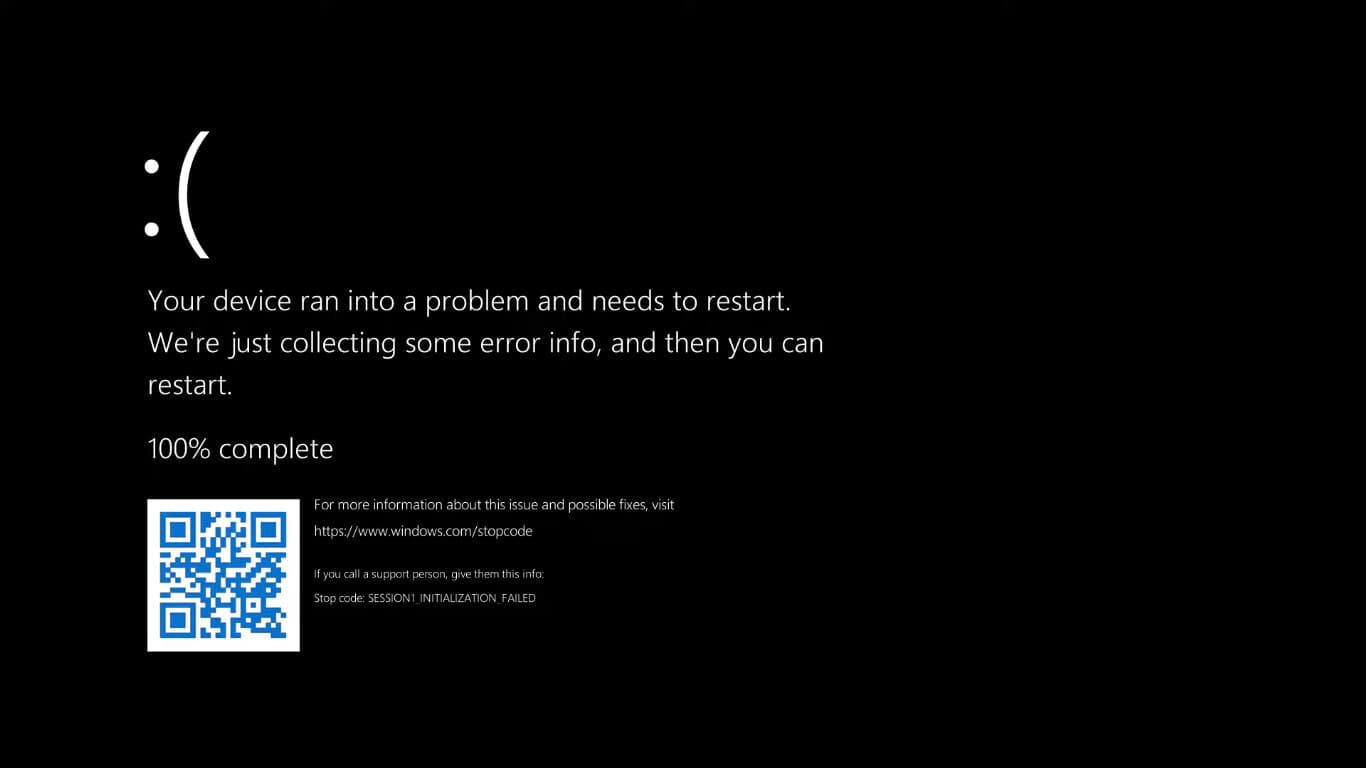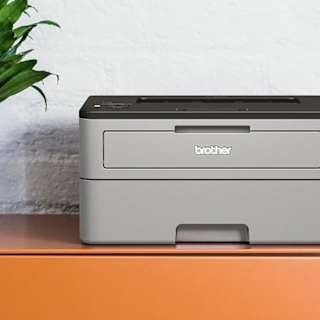- A Cleaner Crash Experience
- Recovery and Response
- Mixed Reception
Microsoft announced Thursday it will retire the iconic Blue Screen of Death after nearly four decades, replacing Windows' notorious crash screen with a minimalist black display in an upcoming update to Windows 11.
The change, arriving in Windows 11's 24H2 update this summer, eliminates the bright blue background that has signaled system failures since the 1980s, along with the QR code and sad emoticon added in recent years. The redesign reflects Microsoft's broader effort to modernize error handling following last year's CrowdStrike incident that crashed millions of Windows devices worldwide.

The new black screen maintains essential technical information like stop codes and driver names while presenting a simplified message: "Your device ran into a problem and needs to restart," according to multiple reports123. The design aligns with Windows 11's aesthetic principles and resembles the black screen shown during system updates.
"This is really an attempt on clarity and providing better information and allowing us and customers to really get to what the core of the issue is so we can fix it faster," David Weston, Microsoft's vice president of enterprise and OS security, told The Verge4.
Windows Insider Program members currently see a green version of the new crash screen to distinguish preview builds from stable releases1. Microsoft intends the public release to feature the black background.
The redesigned error screen debuts alongside Quick Machine Recovery, a new feature designed to restore devices that fail to boot12. These changes represent Microsoft's response to vulnerabilities exposed during the CrowdStrike outage, when a faulty security update triggered widespread blue screen errors across critical infrastructure including airlines and banks.
The original Blue Screen of Death, created by programmer John Vert for Windows NT 3.1 in 1993, became a cultural touchstone despite its unwelcome appearance3. Microsoft previously attempted to replace the blue screen with black in 2021 but quickly reverted the change4.
Reaction to the redesign has been divided. Some users appreciate the less jarring appearance, while IT professionals express concern that the black screen might confuse users or minimize the seriousness of system failures1.
"Part of it is just cleaner information on what exactly went wrong," Weston said2. The new screen will help distinguish between Windows errors and third-party component failures, according to UNN reports3.
The Blue Screen of Death's replacement marks the first major visual overhaul since Windows 8 introduced the frowning face emoticon and Windows 10 added the QR code linking to troubleshooting resources14.



